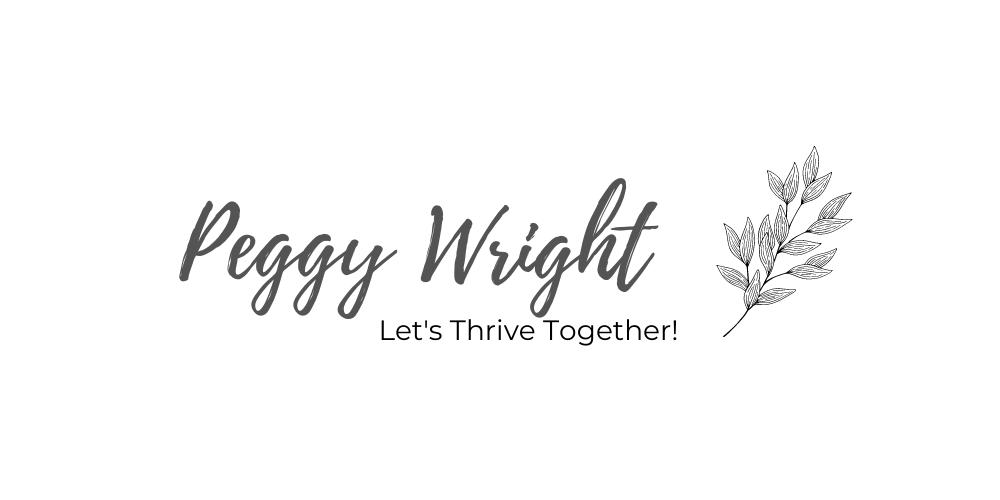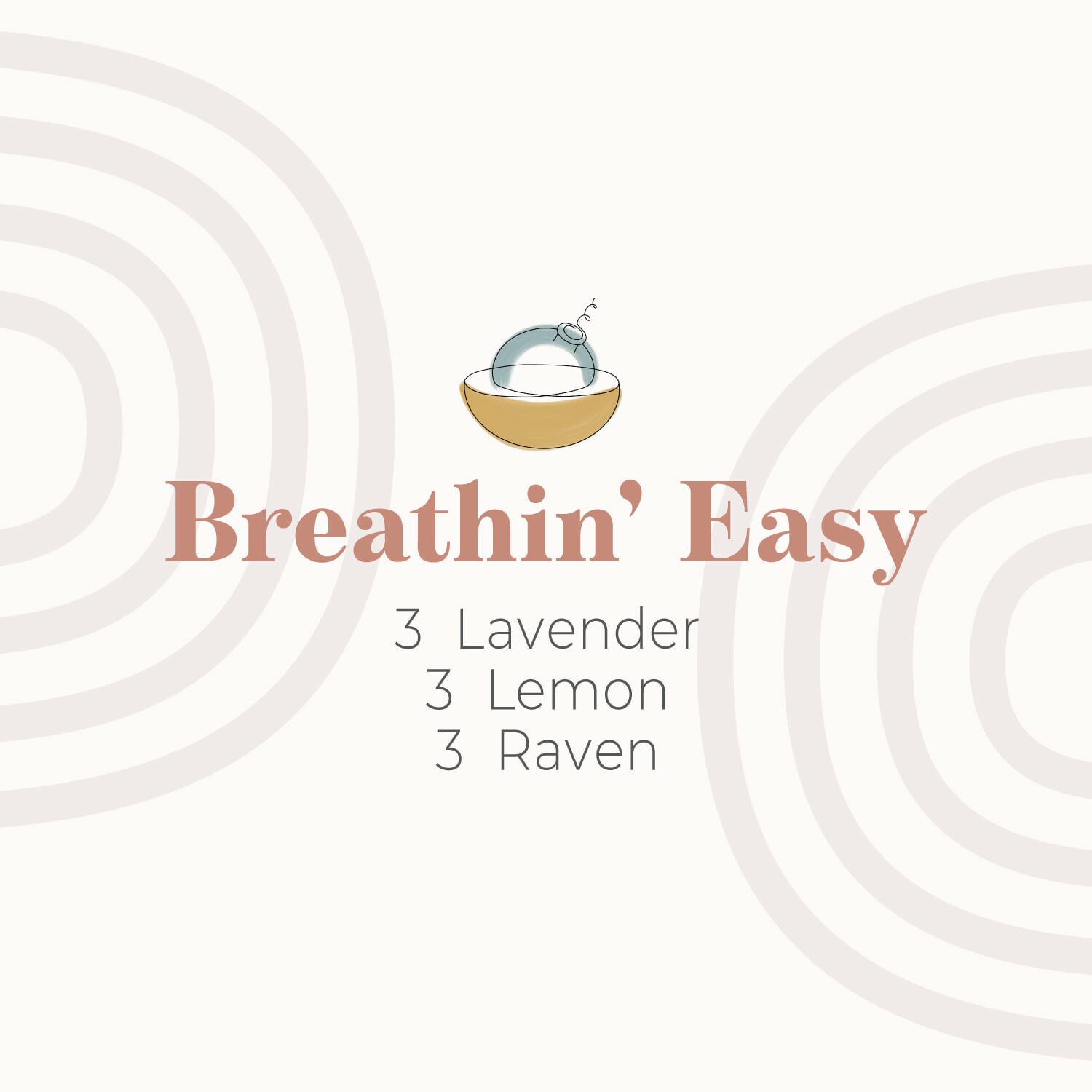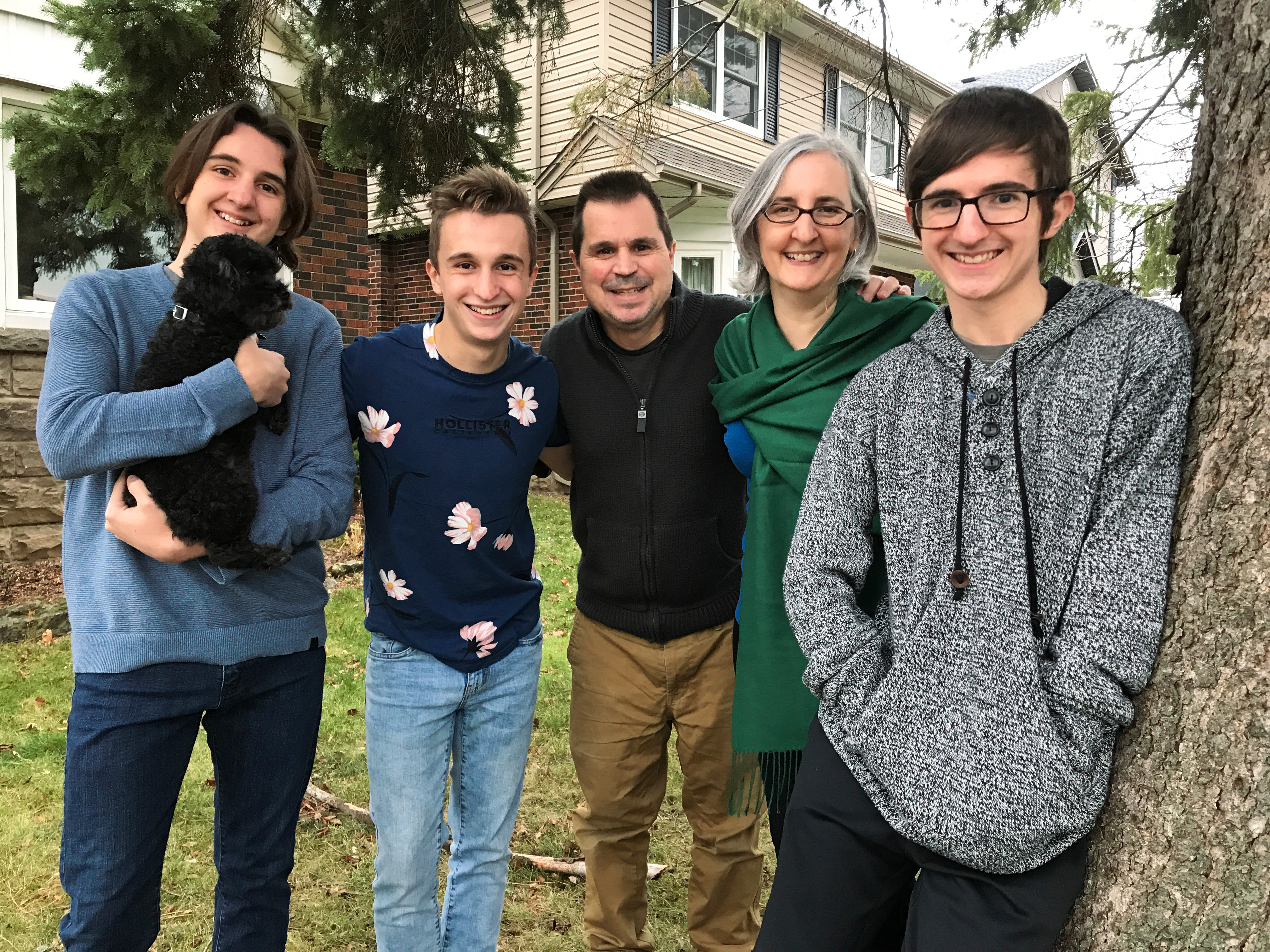
Essential oils are distilled from shrubs, flowers, trees, roots, brushes, fruit, rinds, resins and herbs."The power of an essential oil lies in its constituents. Each oil is composed of 200-500 different bioconstituents, which make them very diverse in their effects" (p.17, Essential Oils Pocket Reference, Life Science Publishing).
The purity of an oil can be affected by a vast number of variables, including which part of the plant was used, soil condition, geographical region, climate, altitude, harvesting methods and distillation processes. "The key to producing a therapeutic grade oil is to preserve as many of the delicate aromatic components within the essential oil as possible" (LSP, p.21). The plant should also be free of herbicides and other agrichemicals. This is especially important in distilling essential oils because they are so concentrated. To make one ounce of rose oil, 60 000 rose blossoms are used. Even a small amount of pesticide or weed killer used in the growing stage would build up a lot of toxicity by the time it is multiplied by the amount of plant material needed to create the essential oil. If the oil is not organic, it may have chemicals present that may harm rather than support the body's efforts to heal. Also, though the bottle of oil may say 100% pure essential oil, it may not be organic and it may not have the components needed to be therapeutic.
What does this mean for consumers?
Today, for example, much of the lavender oil sold in America is a hybrid called lavandin. This is commonly heated to evaporate the camphor, mixed with synthetic linalyl acetate to improve the fragrance and then sold as lavender oil. Most consumers are happy to buy it for a much cheaper price in the grocery store. It's hard to tell whether the oils on the shelf are therapeutic. There are few labelling regulations for EOs.
Unfortunately, adulterated and mislabelled essential oils may present dangers for consumers causing burns, rashes and skin irritations. One woman who had heard of the ability of lavender oil to heal burns used 'lavender oil' she purchased from a health food store in the US when she spilled boiling water on her arm. But the pain intensified and the burn worsened. She later complained that lavender oil was worthless for healing burns. When her lavender oil was analyzed, it was found to be lavandin, a hybrid of lavender that is biologically different from pure Lavandula Augustifolia. Lavandin contains higher levels of camphor (7-18%) that may burn skin. In contrast, true lavender contains almost no camphor and has burn-healing agents (LSP, p.25). For my chemistry friends, its key constituents are: Linalyl acetate (21-47%), Linalol (23-46%), Cis-Beta-Ocimene (1-8%), Trans-Beta-Ocimene (1-5%), Terpinen-4-ol (1-8%) (LSP, p. 83). Life Science Publishing puts out a great Essential Oils Pocket Reference that lists constituents for each of their oils as well as medical properties & uses, fragrant influence, and applications (including safe usage tips and any cautions.)
When looking for essential oils, research the company. Where do they get their oils? Do they test their constituents to see that they are within the therapeutic range? Are the oils free of contaminants, pesticides, and additives? Are they transparent with their sourcing and process?
I've been getting my oils from Young Living (YL) and have just decided to be a distributer for them in order to help people take simple and sustainable steps to lasting health. I chose YL because it is the only essential oil company with a seed to seal promise. Seed to Seal means that the seed is selected for optimal levels of desirable compounds, soil is tested to be free of contaminants, the plants are cultivated using sustainable agriculture expertise. Crops are hand-weeded to protect the delicate compounds of the plant, distilled carefully and tested to ensure consistent quality and purity before it earns the YL seal. The process meets standards that are beyond organic. They own farms as well as partnering with distillers that submit samples to be analyzed to ensure purity and that all the constituents are present at the right percentage to be therapeutic .Because the company interacts with end users who purchase essential oils, the company is able to monitor human response to and actual therapeutic benefit of various oils. They compare the constituents of different oils to determine their maximum, health giving potential.
Young Living encourages beginners to purchase a starter kit because it includes teaching resources and all the oils needed to have a solid base for multiple uses in the home: from replacing toxic cleaners and personal care products to supporting health. It also is half the price of buying the oils separately, includes a diffuser and product samples, and lets you gain experience and comfort with some of the most versatile eleven oils chosen by knowledgeable aromatherapists. That's my top pick for beginners buying essential oils. If you want a guide on your journey, I'd love to connect you into a community that has found wellness support for clean homes, vibrant skin and hair, healthy weight loss support, emotional health, and strengthening the body when under attack from viruses through using essential oils. This community regularly offers classes online and in person. You can find that information on my facebook page: thrivewithessentialoils. Let's learn and thrive together!




0 Comments